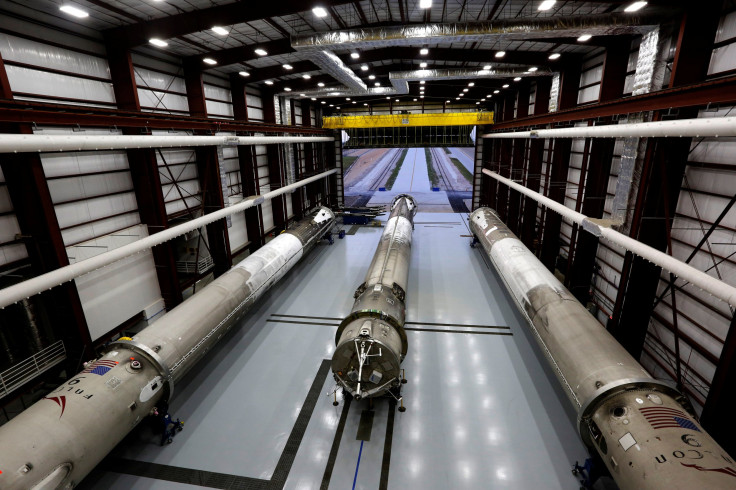Space X Just Landed A Second ‘Higher And Hotter’ Falcon 9 First Stage Rocket On A Floating Ocean Platform

Elon Musk’s space transport team did it again.
For the second time this month — or ever, for that matter — Space Exploration Technologies has landed the first stage of its Falcon 9 rocket on a floating robotic platform hundreds of miles off the coast of Florida after delivering a satellite into deep orbit.
The recovery of the rocket module proved once again that delivering payloads into space could be much cheaper in the near future. But the idea is still in its experimental stage and would require repeated successes to become part of normal operating procedures in 21st century space transport. SpaceX has said it plans to use one of its four recovered first-stage rockets in a mission later this year.
The rocket recovery was part of a successful mission to deliver an Asian communications satellite into so-called supersynchronous orbit, a position that puts a satellite more than 22,000 miles above the Earth’s surface in a way where it synchronizes with the planet’s orbit in order to remain above the same area at all times.
The satellite, Thaicom 8, will service communications and data transfer needs in Thailand, India and East Africa, according to nasaspaceflight.com.
Falcon 9 first stage has landed pic.twitter.com/5jbz9OdBsd
— SpaceX (@SpaceX) May 27, 2016
While this is the fourth time SpaceX has recovered a first-stage rocket (three times at sea), it is the second time it’s recovered a rocket that needed to fly higher and hotter in order to deliver its payload to its destination.
According to SpaceX, the first-stage segment recovered on Friday was part of a 1.2-million-pound vehicle (equivalent to about 300 cars) that required a maximum thrust of nearly 5,000 miles per hour to break through the pull of Earth’s gravity.
After the first stage disconnected from the rest of the rocket and its payload, it re-entered the atmosphere at about 3,600 miles per hour, reignited its engines in order to steer and rapidly decelerate to zero just as it settled delicately on the autonomous drone ship.
The process is automated, with the ship and the rocket trading data to coordinate the landing to the exact velocity and location needed to keep the rocket from falling over and exploding, as one rocket did in January.
On May 5, SpaceX succeeded for the first time in recovering a first-stage rocket in a similar mission. A month earlier, SpaceX landed a first-stage rocket on a floating platform for the first time in aerospace history, but that mission required much less velocity to deliver a payload to the International Space Station about 250 miles above the earth surface.
Watch a rebroadcast of Friday’s launch here:
© Copyright IBTimes 2025. All rights reserved.






















